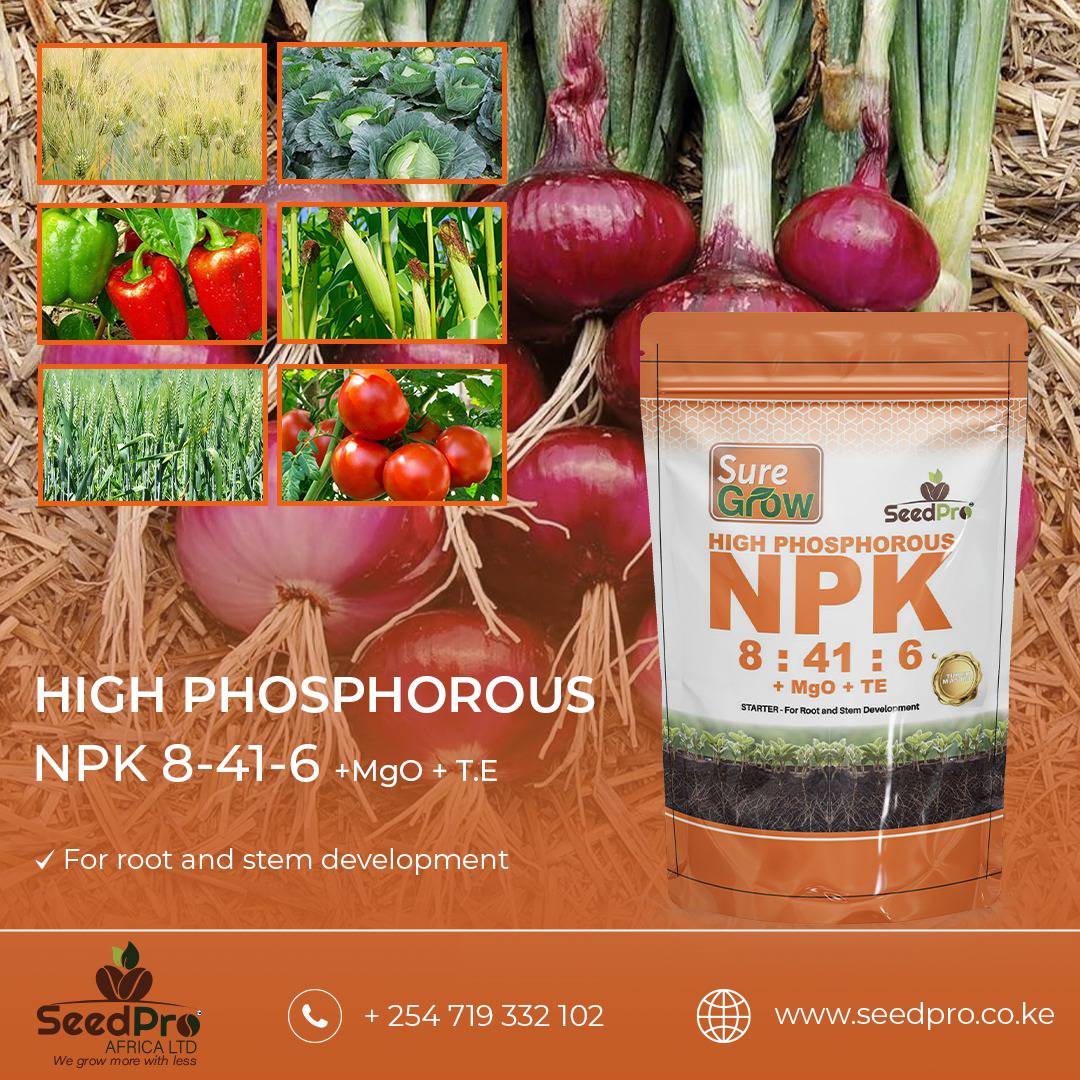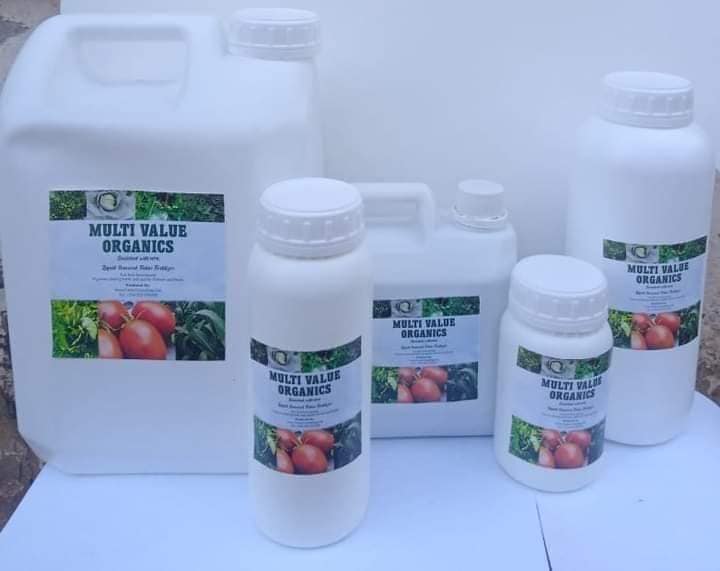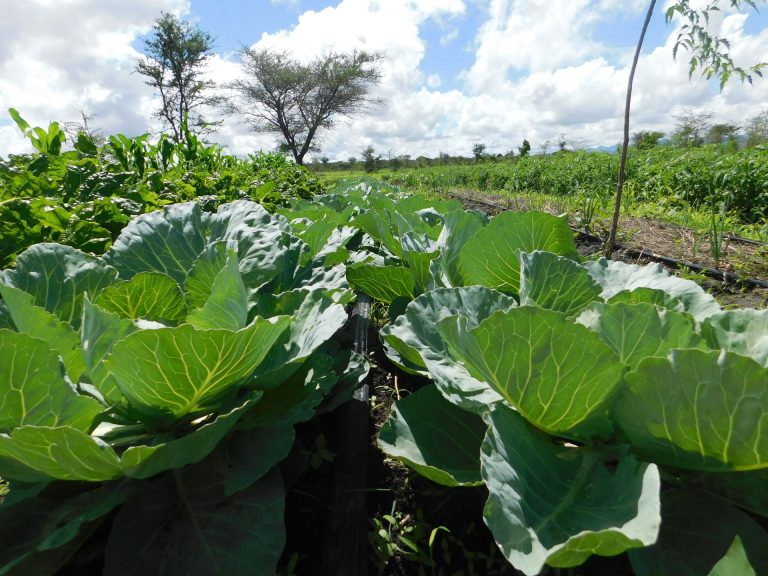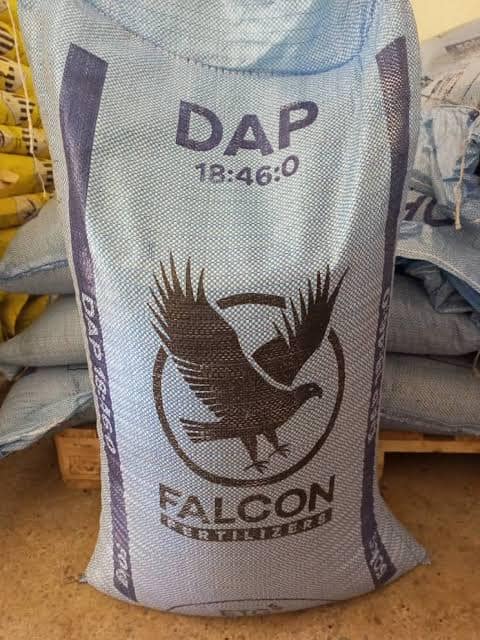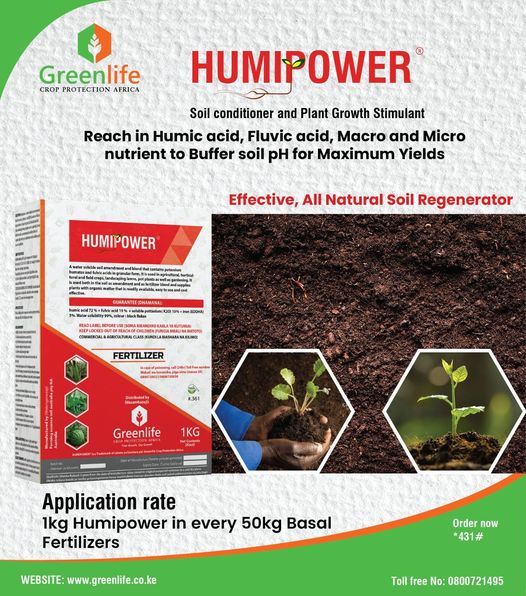Water Soluble Fertilizer for Drip Irrigation in Kenya
Combining water-soluble fertilizers with drip irrigation in Kenya enhances crop productivity by delivering nutrients directly to plant roots, minimizing water waste, and promoting efficient nutrient uptake. This method supports sustainable agriculture practices, improves crop quality and yield, and reduces operational costs over time.
Drip irrigation is an efficient and sustainable method of delivering water and nutrients to crops, particularly in regions like Kenya, where water conservation is crucial.
Coupled with water soluble fertilizers, drip irrigation can significantly enhance crop yield, quality, and overall agricultural productivity.
This article will explore the benefits, best practices, and considerations for using water soluble fertilizer in drip irrigation systems in Kenya.
What is Drip Irrigation and Water Soluble Fertilizers?
Drip irrigation involves delivering water directly to the plant root zone through a network of pipes, valves, tubing, and emitters. This method reduces water waste, promotes efficient water use, and minimizes evaporation and runoff.
When combined with water soluble fertilizers, which dissolve completely in water and provide immediate nutrient availability, drip irrigation becomes a powerful tool for modern agriculture.
Integrating water-soluble fertilizers with drip irrigation in Kenya optimizes nutrient delivery directly to plant roots, enhancing crop yield, quality, and sustainability through efficient water and fertilizer use.
Advantages of Using Water Soluble Fertilizers with Drip Irrigation
Enhanced Nutrient Efficiency
Water soluble fertilizers are quickly absorbed by plants, providing immediate nutrients necessary for growth. This efficiency is maximized with drip irrigation, which delivers the fertilizer directly to the root zone, ensuring that plants receive the nutrients they need without wastage.
Precision Nutrient Management
Drip irrigation systems allow for precise control over the amount and timing of fertilizer application. This precision helps in managing the nutrient levels in the soil accurately, promoting optimal plant growth and reducing the risk of over-fertilization.
Water Conservation
In arid and semi-arid regions like many parts of Kenya, water conservation is vital. Drip irrigation minimizes water use by delivering it directly to the plants, reducing evaporation and runoff. When used with water soluble fertilizers, it ensures that both water and nutrients are used efficiently, leading to sustainable agricultural practices.
Improved Crop Yield and Quality
Consistent and precise delivery of water and nutrients through drip irrigation and water soluble fertilizers can lead to higher crop yields and better quality produce. Plants receive the nutrients they need when they need them, resulting in healthier growth and more robust plants.
Reduced Labor and Operational Costs
Automating the delivery of water and fertilizers through a drip irrigation system can reduce labor costs and operational complexity. Farmers can save time and resources, focusing on other important aspects of crop management.
Best Practices for Using Water Soluble Fertilizers with Drip Irrigation
Choosing the Right Fertilizer
Select water soluble fertilizers that are compatible with your crops and soil conditions. Consider the specific nutrient requirements of your plants and choose a balanced fertilizer formulation that provides the essential macronutrients (nitrogen, phosphorus, potassium) and micronutrients.
Proper Dilution and Mixing
Follow the manufacturer’s guidelines for diluting and mixing water soluble fertilizers. Ensure that the fertilizer is completely dissolved before introducing it into the drip irrigation system to prevent clogging of emitters and pipes.
Regular System Maintenance
Maintain your drip irrigation system regularly to prevent blockages and ensure efficient operation. Clean filters, check emitters, and inspect pipes for leaks or damage. Regular maintenance helps in delivering nutrients consistently and efficiently.
Monitoring Soil and Plant Health
Regularly monitor soil nutrient levels and plant health to adjust the fertilizer application as needed. Use soil tests and plant tissue analysis to determine the nutrient status and make informed decisions about fertilizer use.
Scheduling Fertilizer Applications
Plan and schedule fertilizer applications based on the crop growth stages and nutrient requirements. Apply fertilizers at critical growth periods such as flowering, fruiting, and vegetative stages to maximize their effectiveness.
Considerations for Implementing Drip Irrigation in Kenya
Initial Setup Costs
While drip irrigation systems can be cost-effective in the long run, the initial setup costs can be high. Consider the investment in the context of long-term benefits such as water savings, increased yields, and reduced labor costs.
Water Source and Quality
Ensure a reliable and clean water source for your drip irrigation system. Water quality can impact the effectiveness of the system and the solubility of fertilizers. Test the water for impurities that may clog the system or affect plant health.
Local Climate and Soil Conditions
Adapt the drip irrigation and fertilizer strategy to the local climate and soil conditions. Factors such as rainfall patterns, temperature, and soil type influence water and nutrient requirements, and should be considered when designing the system.
Training and Support
Provide training and support to farmers on the proper use and maintenance of drip irrigation systems and the application of water soluble fertilizers. Education is crucial for maximizing the benefits and ensuring sustainable practices.
FAQs
What is the main benefit of using water soluble fertilizers with drip irrigation? T
he main benefit is the efficient and precise delivery of nutrients directly to the plant roots, enhancing nutrient uptake, reducing waste, and promoting healthier plant growth.
How often should I apply water soluble fertilizers through a drip irrigation system?
The frequency of application depends on the crop’s nutrient requirements and growth stages. Generally, more frequent applications are needed during critical growth periods. Consult the fertilizer manufacturer’s guidelines and adjust based on soil and plant health monitoring.
Can water soluble fertilizers clog the drip irrigation system?
If not properly dissolved, water soluble fertilizers can clog the emitters and pipes. Always ensure the fertilizer is fully dissolved and use filters to prevent clogging.
What types of crops benefit most from drip irrigation and water soluble fertilizers?
A wide range of crops can benefit, including vegetables, fruits, flowers, and cash crops. Drip irrigation is particularly beneficial for high-value crops that require precise nutrient management and consistent water supply.
Is drip irrigation suitable for all soil types?
Drip irrigation can be adapted to most soil types, but the design and management of the system should consider soil characteristics such as texture, structure, and drainage capacity.
What are the long-term benefits of using drip irrigation with water soluble fertilizers? L
ong-term benefits include increased crop yields, improved quality of produce, reduced water and fertilizer use, lower labor costs, and enhanced sustainability of agricultural practices.
